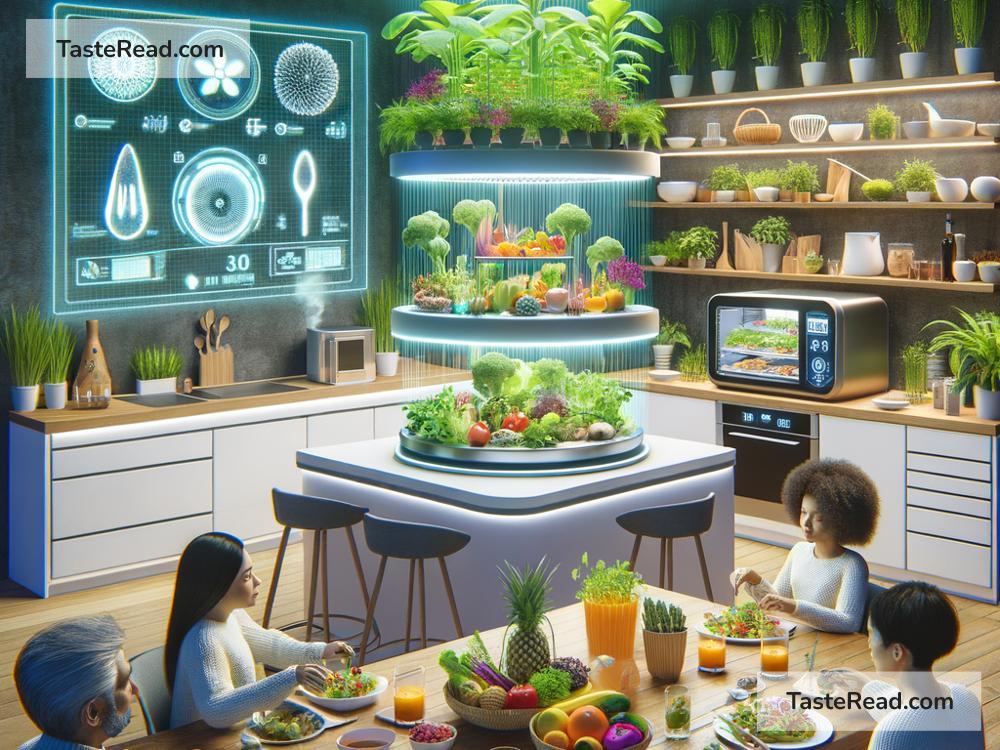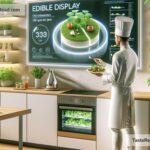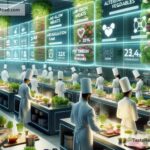The Future of Food and Holistic Systemic Models: Building a Healthier World
Food is one of the most important parts of our lives. It keeps us healthy, brings people together, and fuels our daily activities. But as our planet changes—population grows, resources get strained, and climate shifts—it’s becoming clear that the way we produce, distribute, and consume food needs a serious makeover. The future of food is not just about feeding more people; it’s about doing it in a way that nurtures both us and the Earth. This is where holistic systemic models come in—a smarter, more connected way of approaching food and agriculture.
What’s Wrong with Our Current Food System?
Today’s food system has a lot of problems. Farmers often rely on practices like monoculture (growing only one crop over large areas), which depletes soil nutrients and harms biodiversity. We also depend heavily on chemicals like pesticides and fertilizers that pollute land, water, and air. Processed food, loaded with sugar and unhealthy fats, is cheap and widely available, leading to health problems like obesity and diabetes.
On top of that, food waste is a huge issue. Every year, about one-third of the food we produce gets thrown away. Meanwhile, millions of people go hungry around the globe. Add the environmental challenges—deforestation, overfishing, water scarcity—and it’s clear our current system isn’t sustainable.
The question is: How can we fix these problems in a way that benefits everyone—people, plants, animals, and ecosystems?
What is a Holistic Systemic Model?
When we think about food, we often focus on individual pieces—what crops to grow, how to sell food in stores, or how to feed hungry people. But a systemic model looks at the big picture. It considers how all the parts of the food system connect to each other—from farming methods to waste management, from the health of consumers to the health of the Earth.
A holistic systemic model takes this even further. “Holistic” means looking at things as a whole, not in separate pieces. Instead of focusing only on growing more food or making it cheaper, a holistic approach asks: How do we grow food that’s nutritious, sustainable, and fair? How do we balance human needs with the planet’s limits?
In simple terms, it’s like solving a puzzle. Instead of only focusing on one puzzle piece (like better farming), we think about how every piece fits together to create a complete picture.
The Future of Food: What Could It Look Like?
With holistic models guiding the way, the future of food could look very different—and way better. Here are some exciting ideas that could shape what’s possible:
1. Regenerative Farming
Farming doesn’t have to harm the Earth—in fact, it can heal it. Regenerative farming is a method that works with nature instead of against it. Farmers use techniques like crop rotation, cover crops, and composting to improve soil health and keep carbon in the ground instead of polluting the air. This not only grows healthier food but also fights climate change by reducing greenhouse gas emissions.
2. Local and Urban Farming
The world is shifting toward more local food systems. Instead of shipping food halfway across the globe, communities can grow their own produce closer to home. Urban farming—like rooftop gardens or vertical farms in cities—can bring fresh food to places where farming isn’t traditionally possible. This saves energy, reduces waste, and ensures food is fresher and more nutritious.
3. Food Tech and Innovation
Technology is changing how we grow and eat food. Plant-based meats and lab-grown ingredients are becoming more common, giving people eco-friendly alternatives to traditional animal farming. AI tools can help farmers figure out the best ways to grow crops with minimal resources. Innovations like drones, sensors, and smart irrigation systems make farming more precise, cutting down on waste.
4. Reducing Food Waste
Future food systems won’t stop waste entirely, but they can make a big difference. Smart packaging, better storage methods, and apps that connect surplus food to people in need can reduce waste at every stage. Composting can turn food scraps into rich fertilizer for farming, creating a circular system where nothing goes to waste.
5. Integrated Health and Nutrition
Holistic models don’t just focus on the environment—they prioritize health. The future of food is about creating systems that make nutritious, whole foods available to everyone, regardless of income. Governments, schools, and communities will work together to educate people about healthy diets, ensuring that public policies align food production with public health goals.
Why a Holistic Approach Matters
A food system that only solves one problem—say, increasing crop yields—isn’t enough. What if those crops harm soil quality? What if they lead to unhealthy diets? By looking at the whole picture, holistic systemic models build solutions that address multiple issues at once. A sustainable future isn’t just about growing more food; it’s about nurturing ecosystems, protecting farmers, improving health, and reducing waste.
It’s also about fairness. Food systems often leave out marginalized communities—small farmers, low-income families, and indigenous peoples—who deserve a seat at the table. By including everyone, a holistic approach ensures no one gets left behind.
How Can We Support the Future of Food?
No single person can fix the food system overnight, but everyone can contribute in small ways. Here’s what you can do:
- Buy local and organic food when possible to support sustainable practices.
- Reduce your own food waste by planning meals and using leftovers.
- Advocate for policies that protect the environment, farmers, and public health.
- Learn about where your food comes from and make informed choices.
- Support innovations and businesses working toward a sustainable food future.
Final Thoughts
The future of food is an exciting challenge. By embracing holistic systemic models, we can create a world where food is nutritious, sustainable, and fair for everyone—not just for this generation but for many more to come. Together, we can rethink how food connects us, not just to each other but to the planet we all call home.


